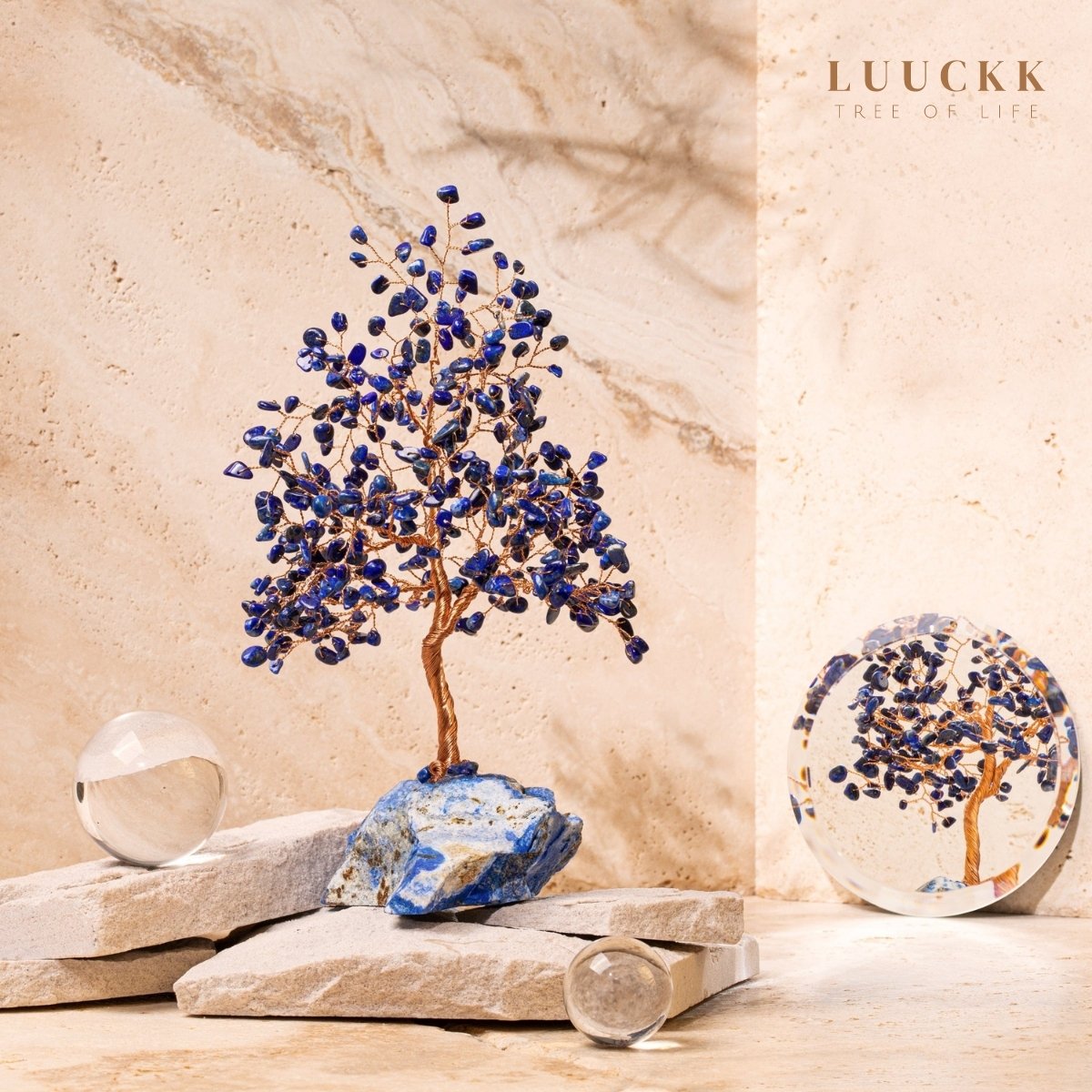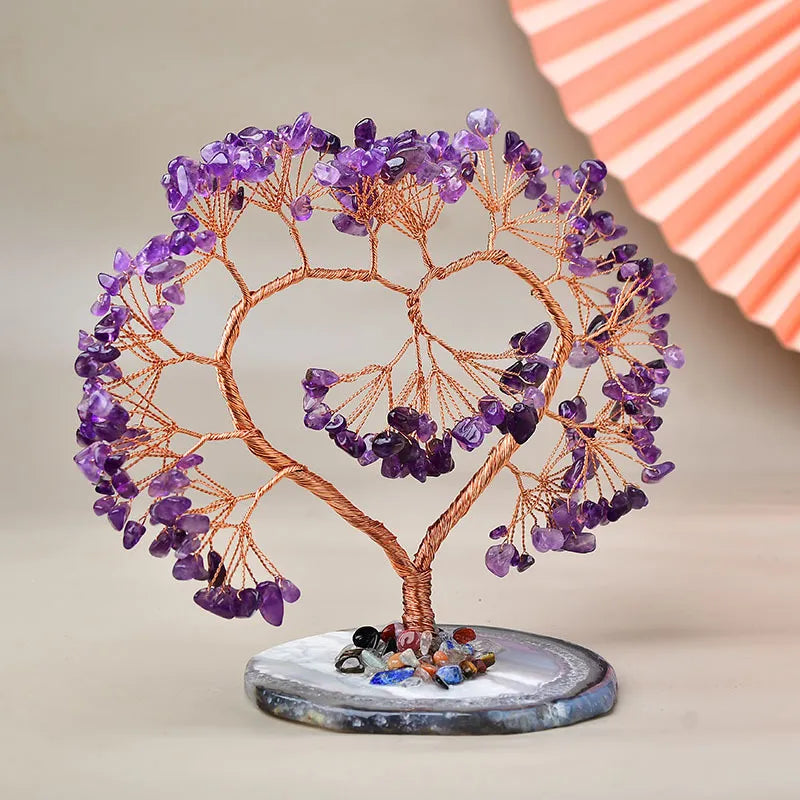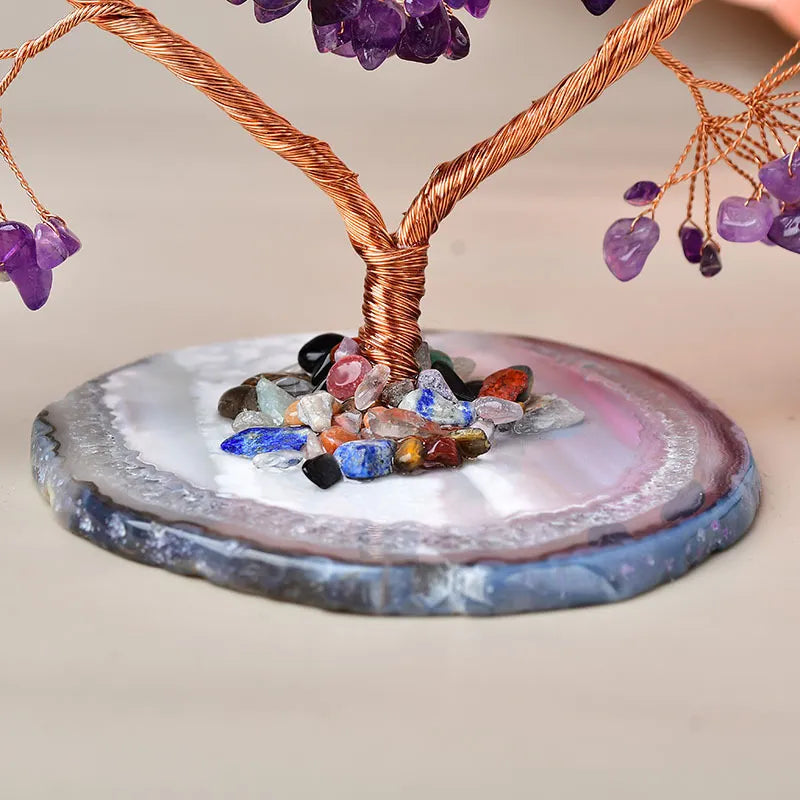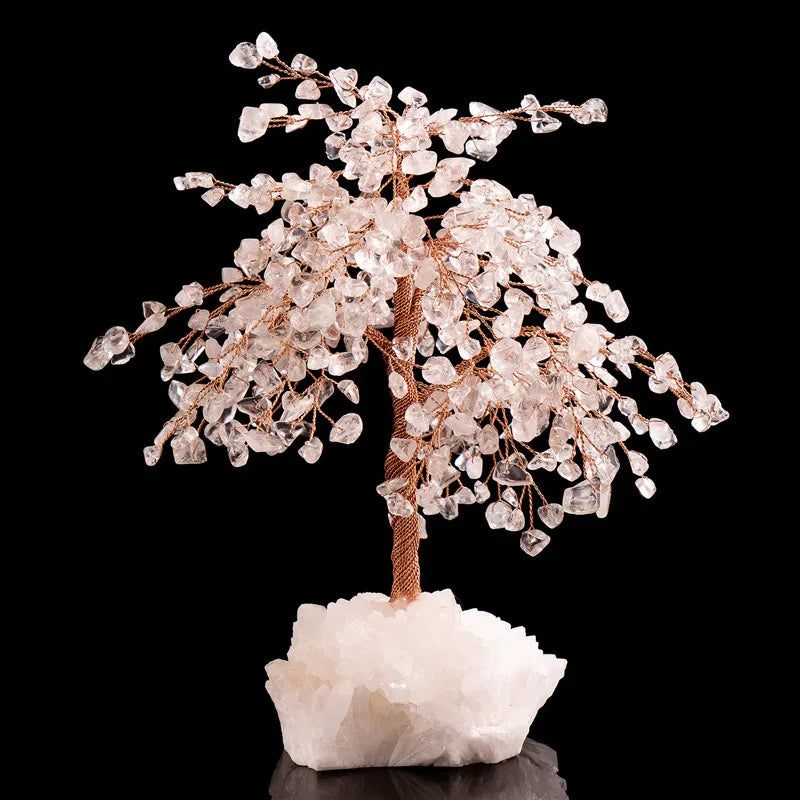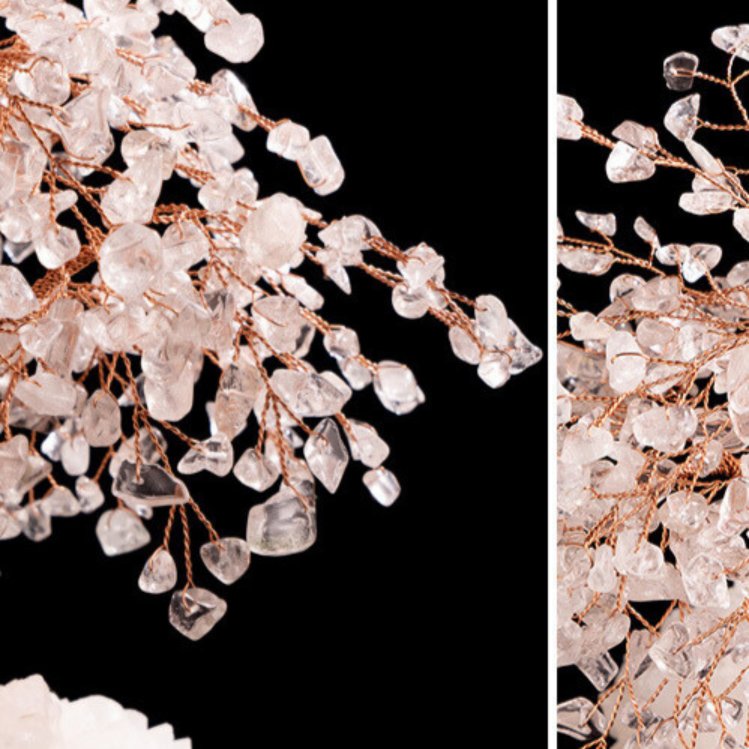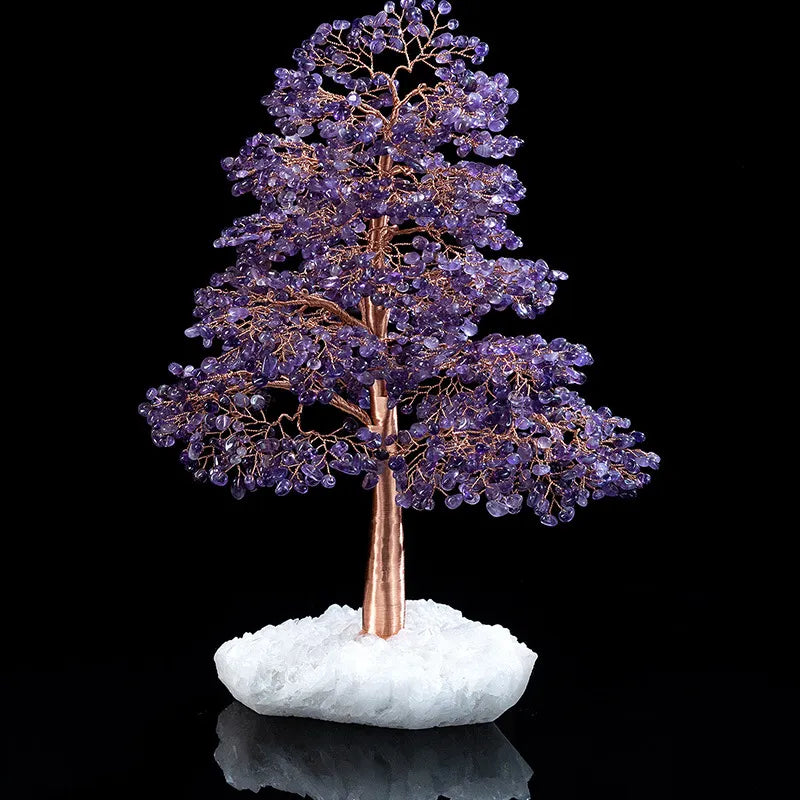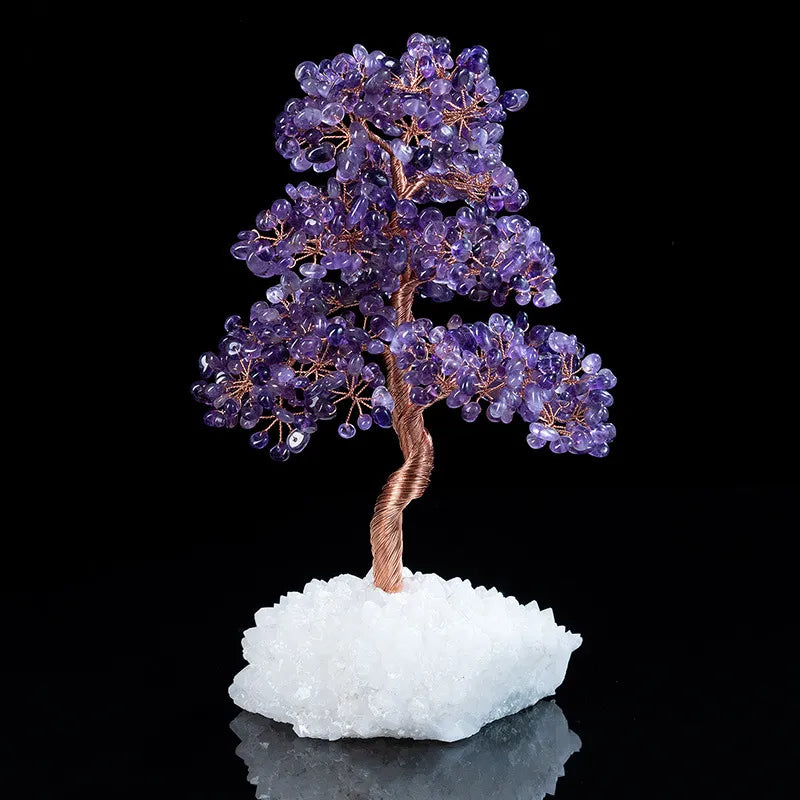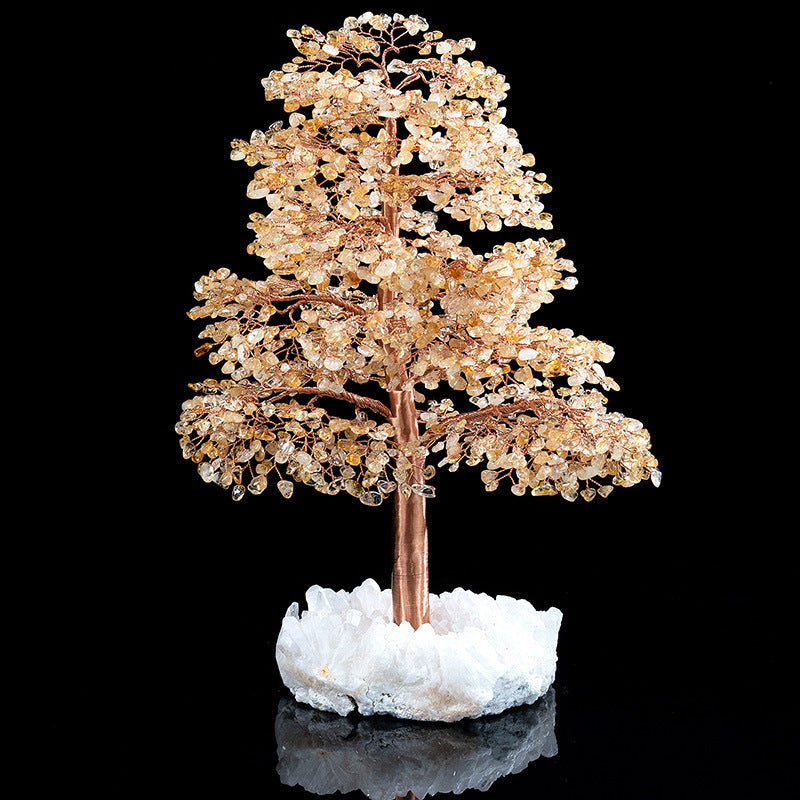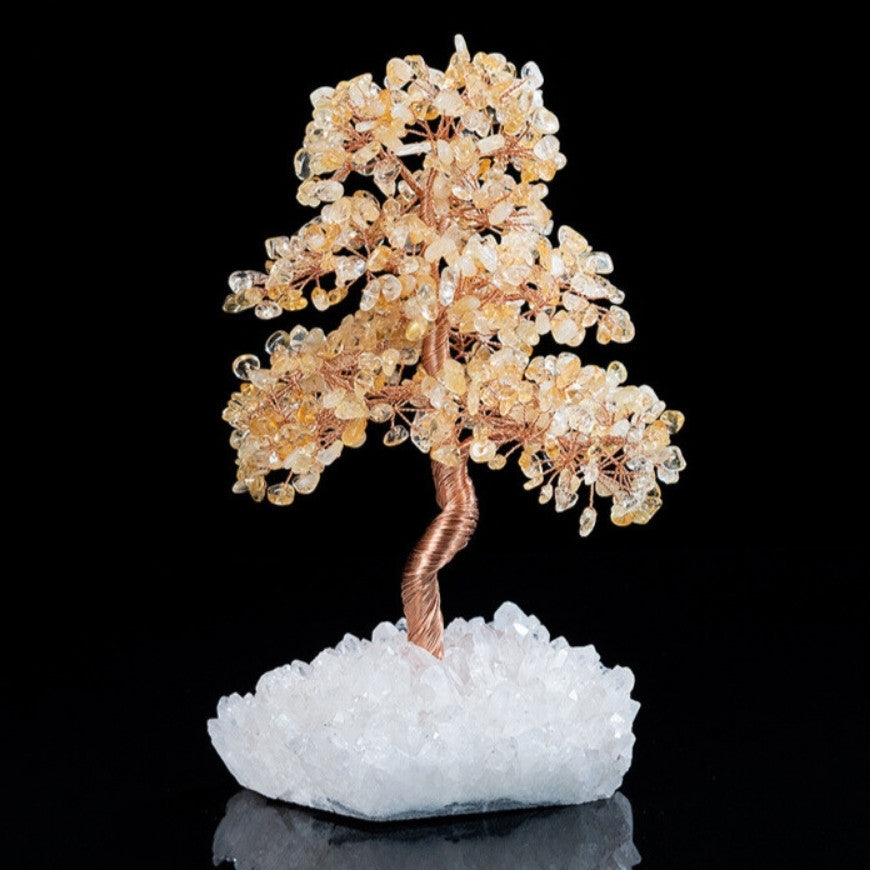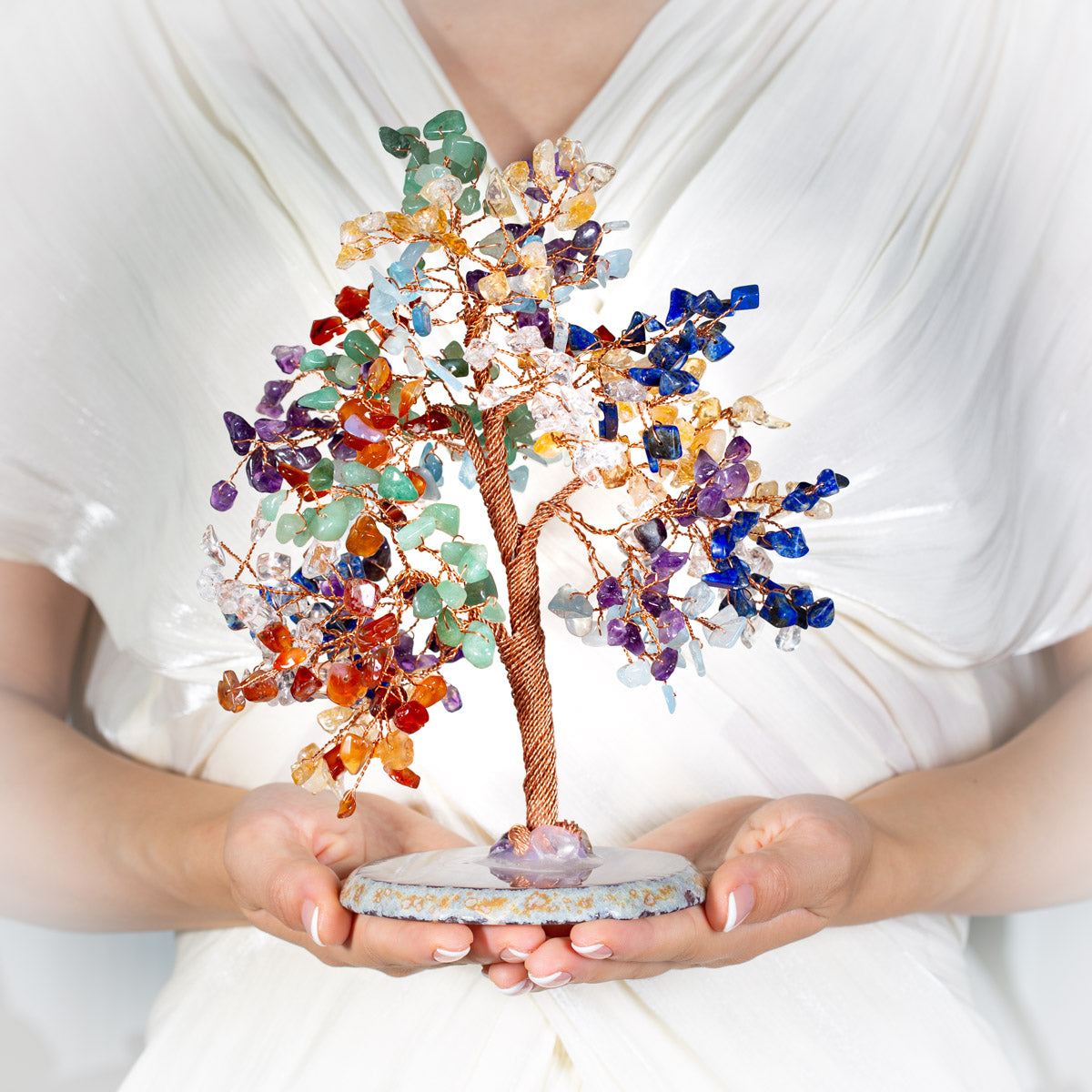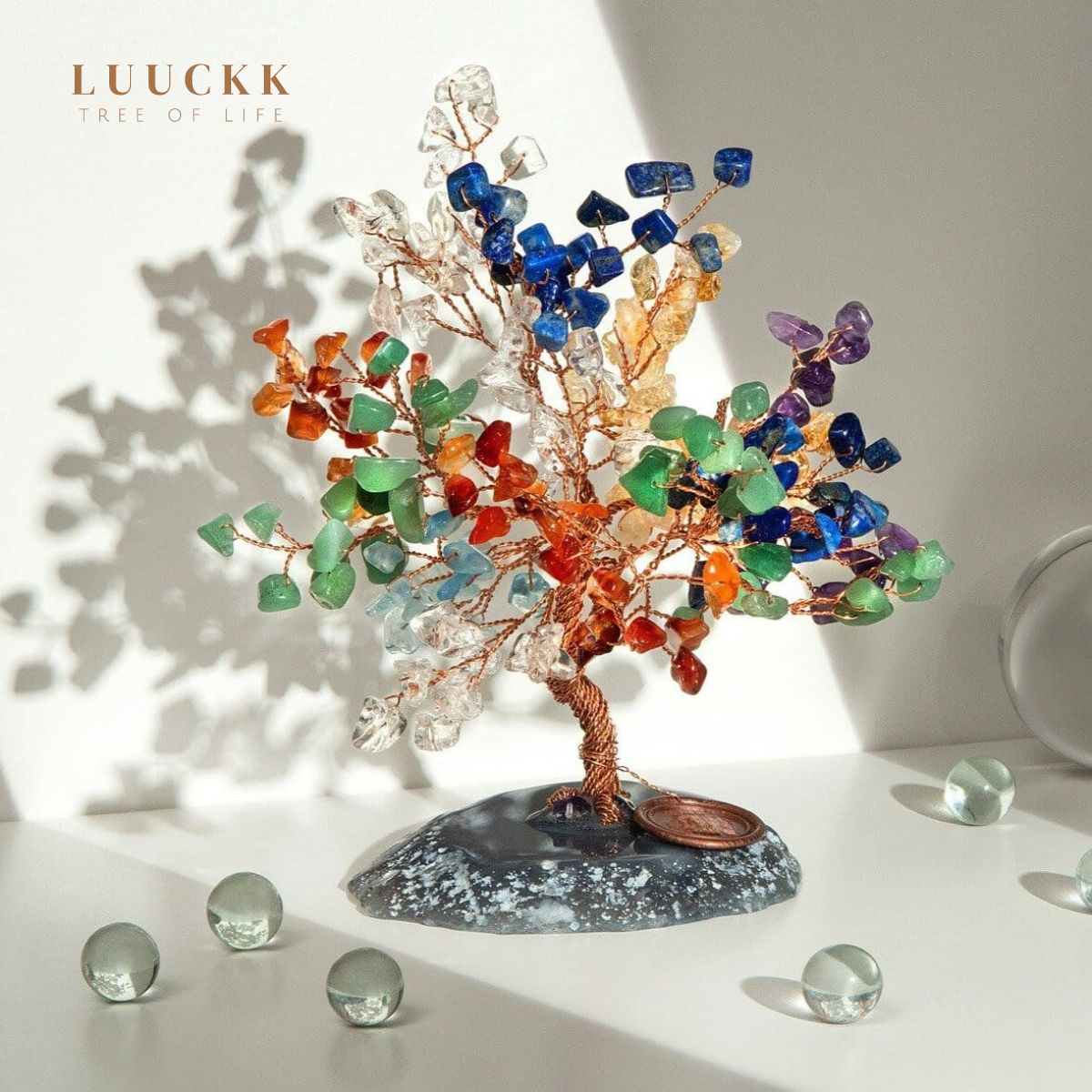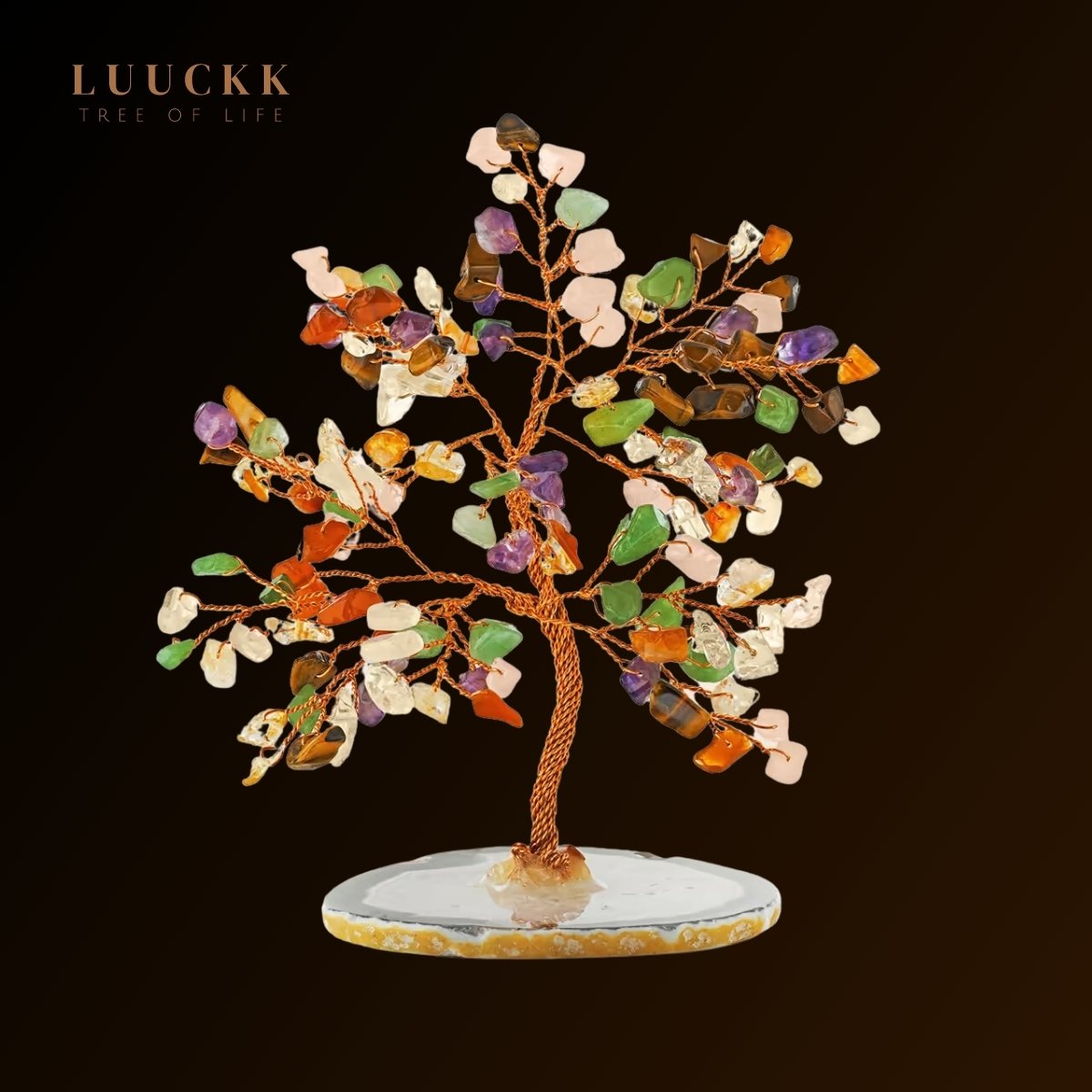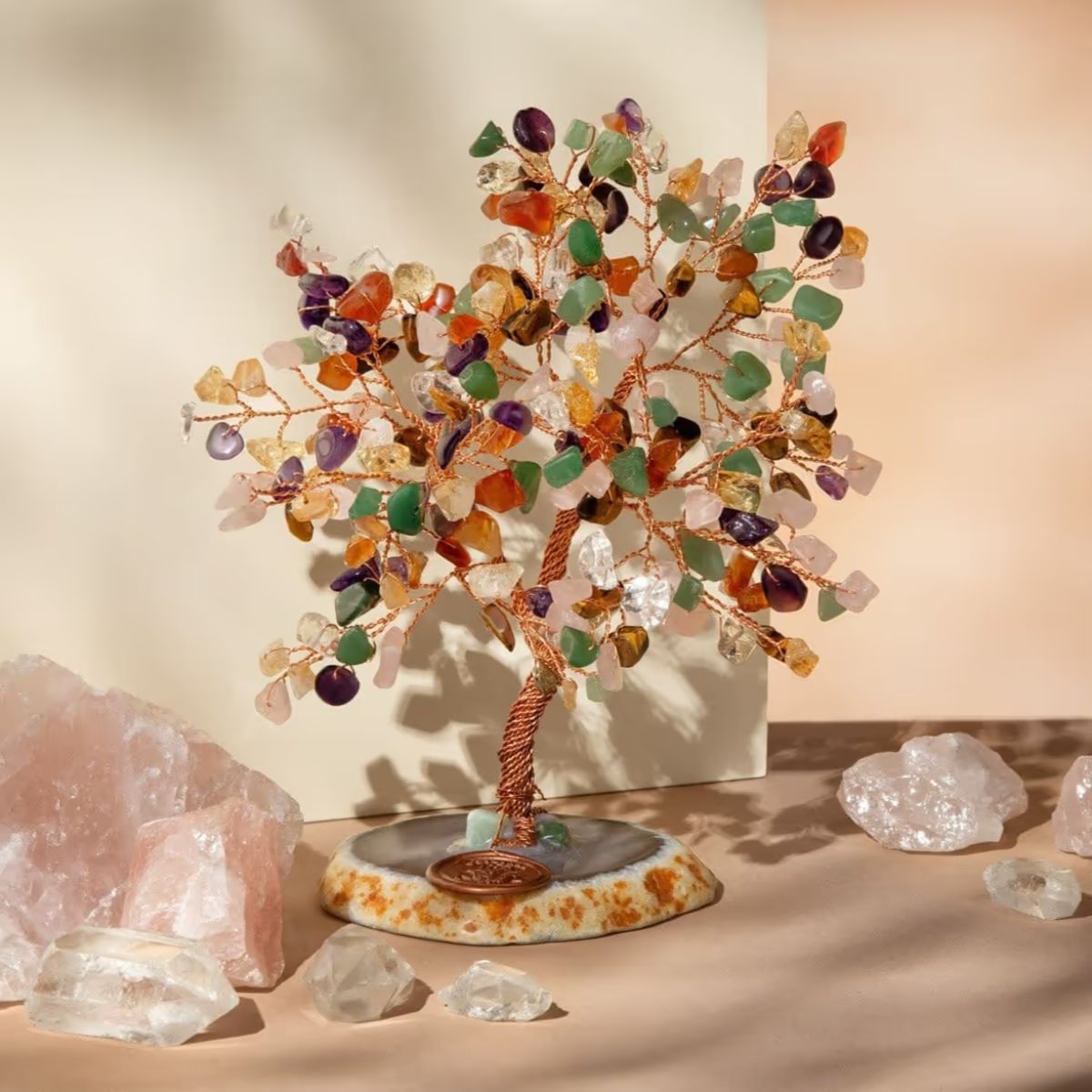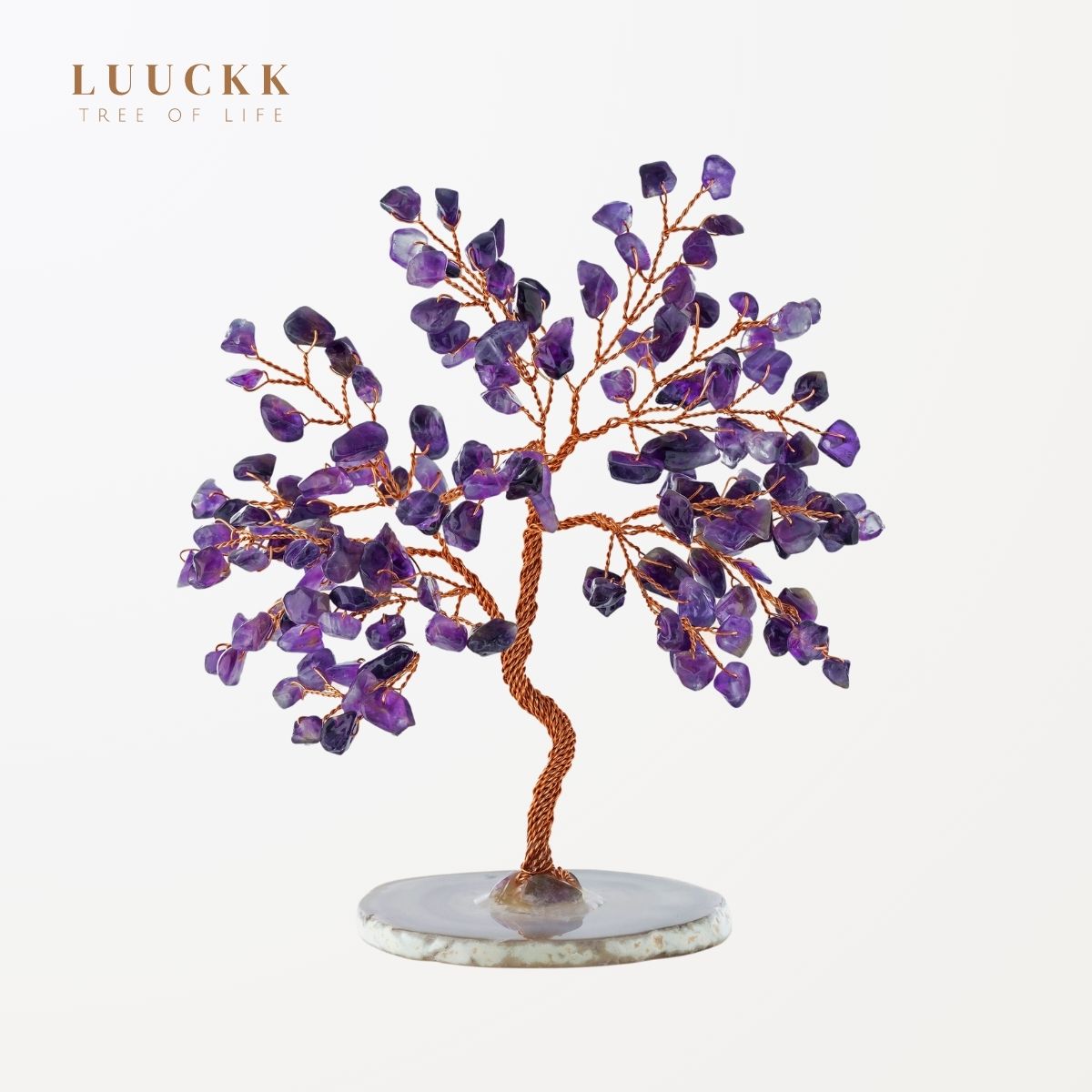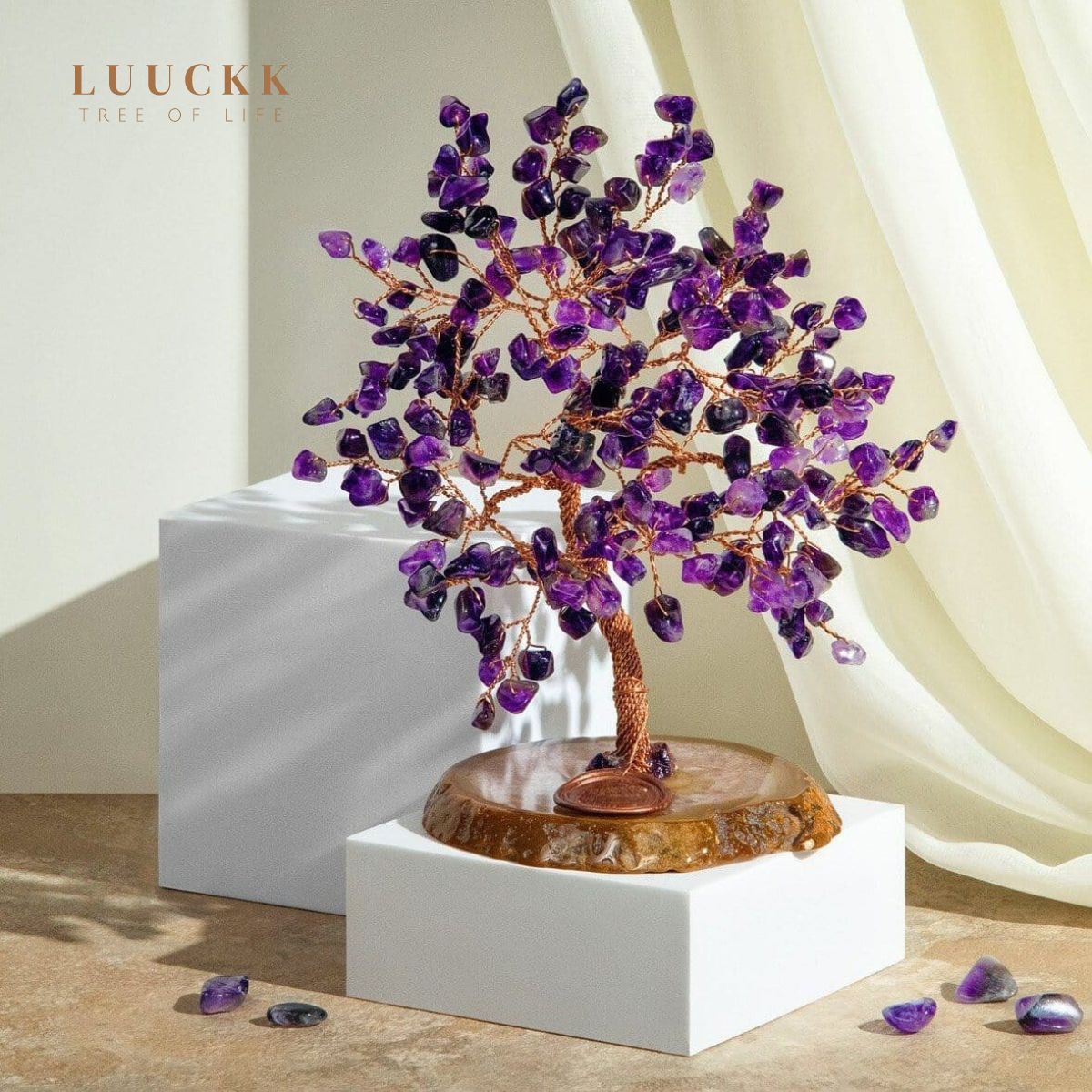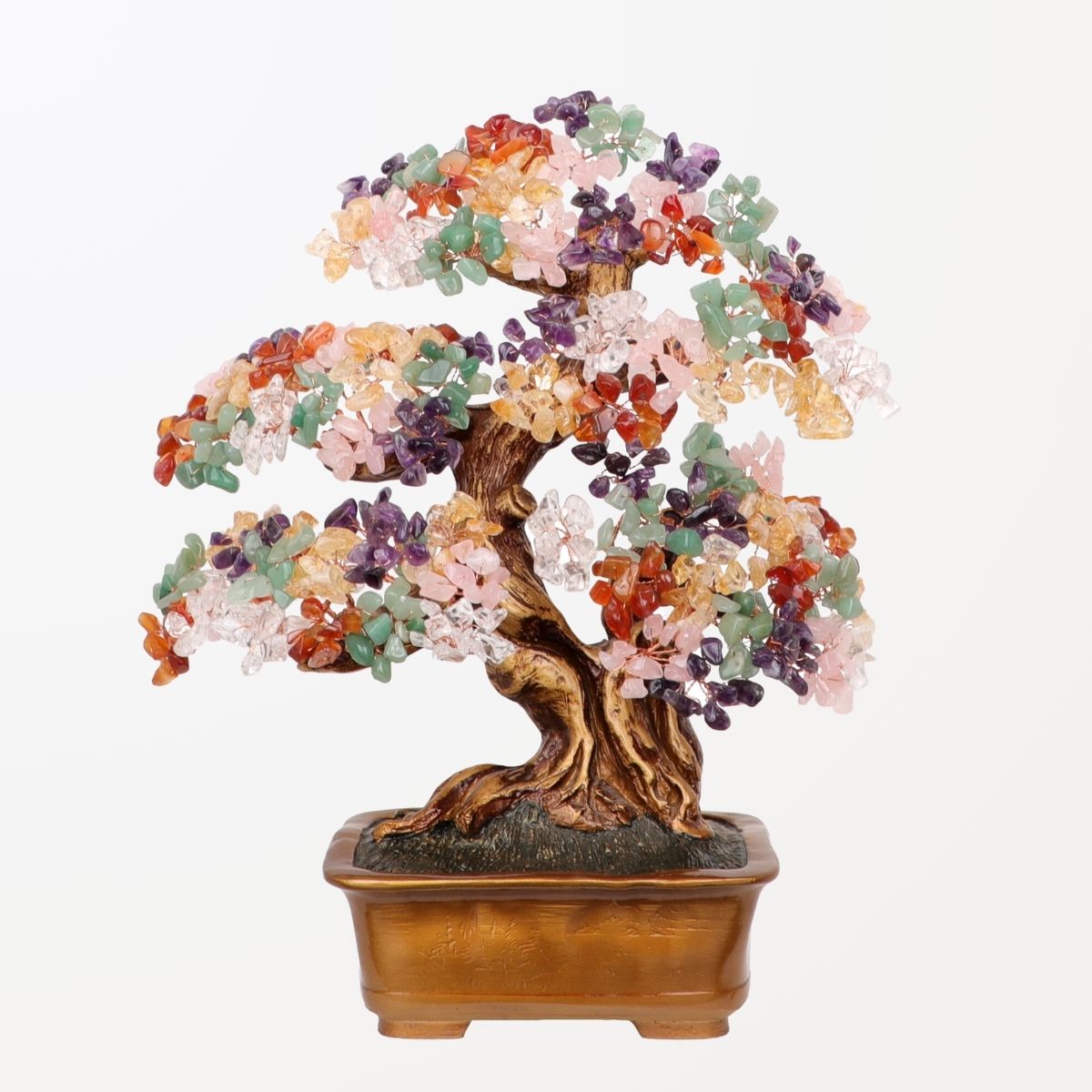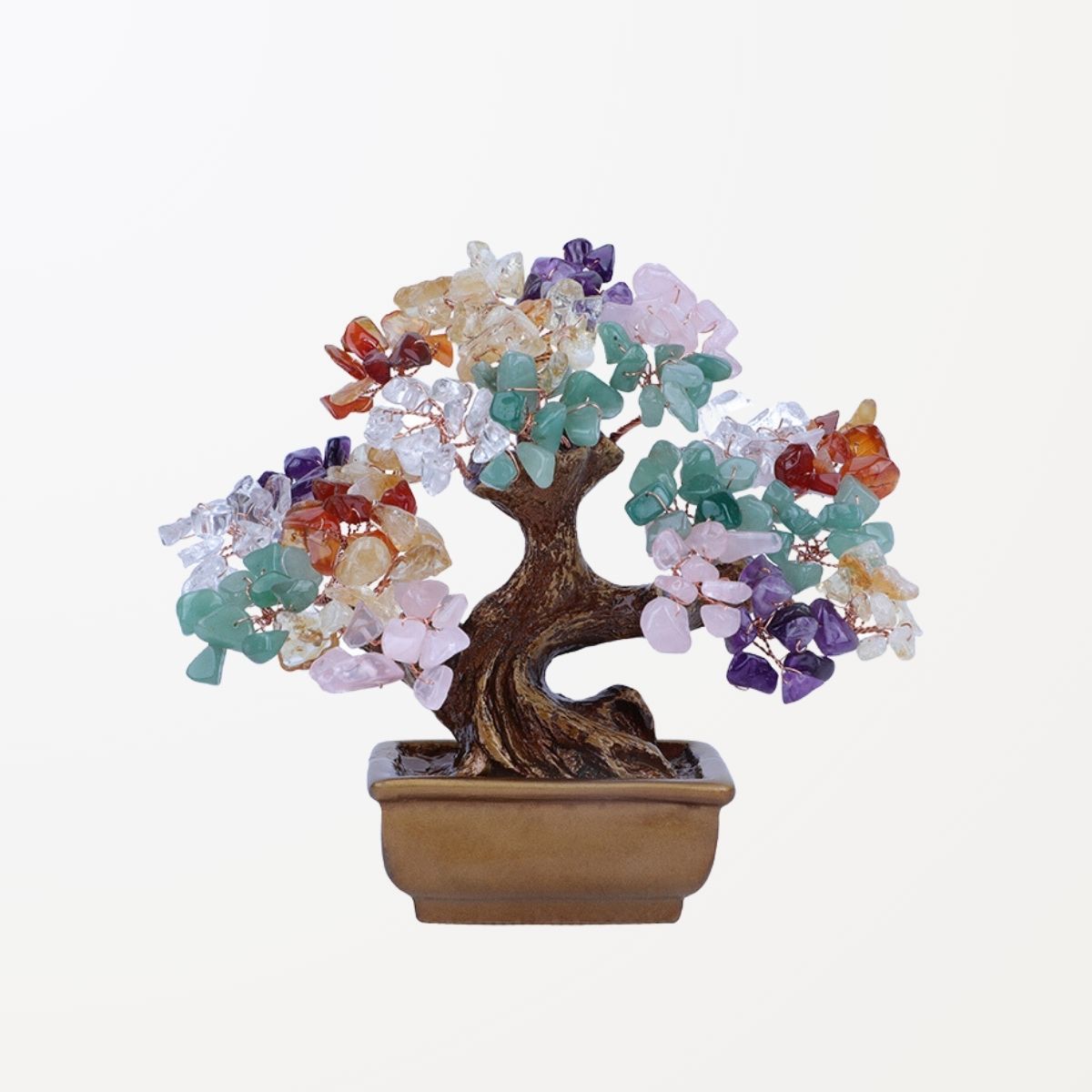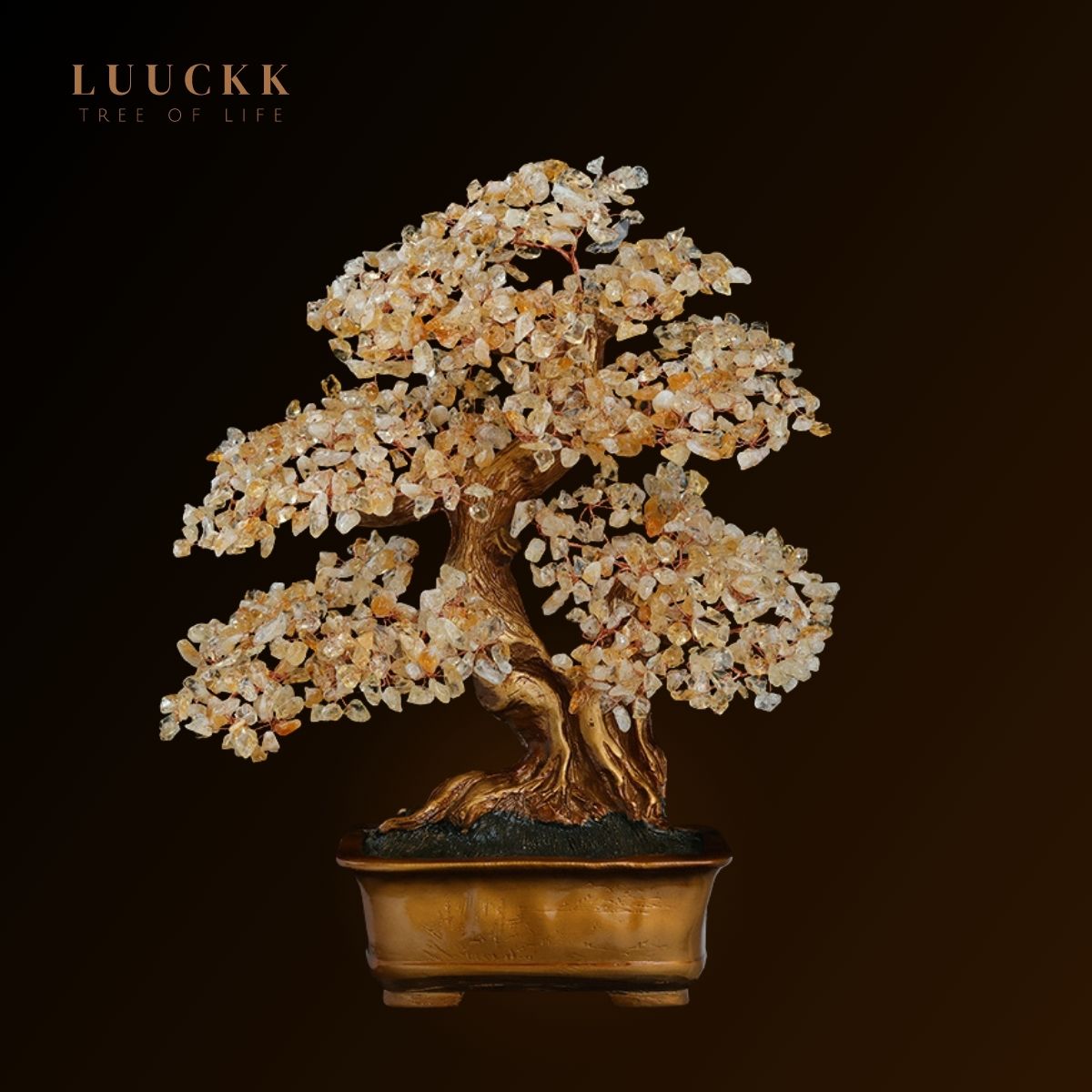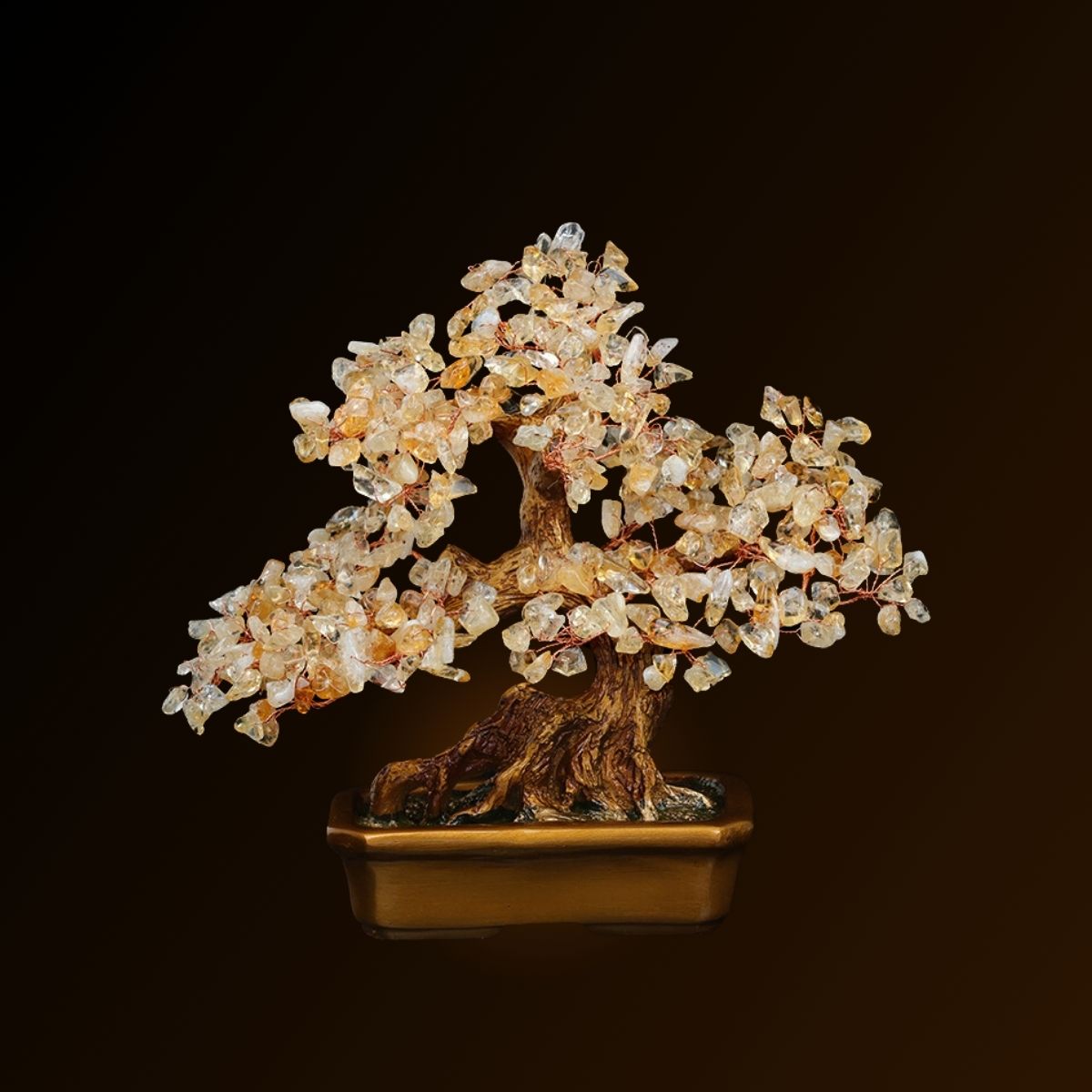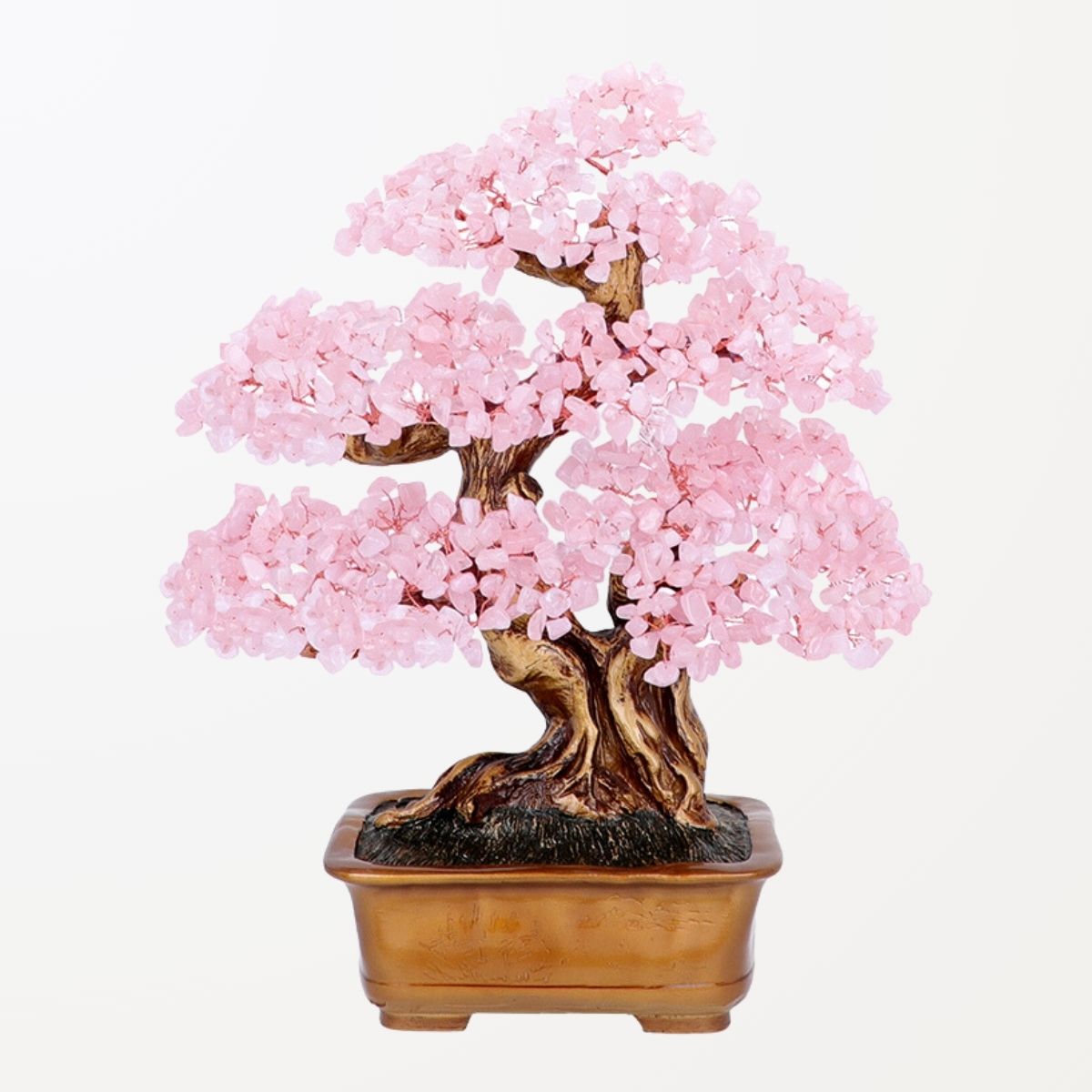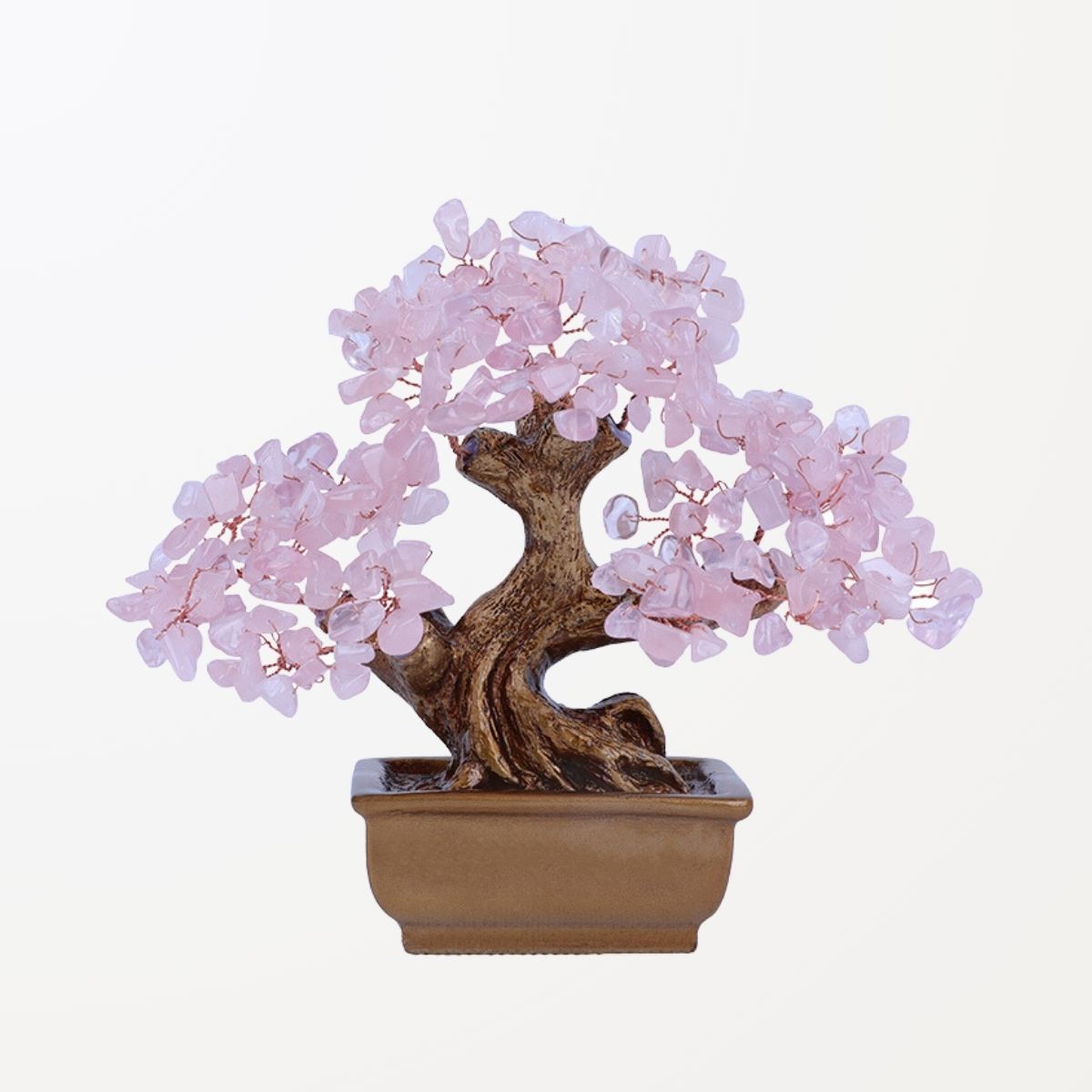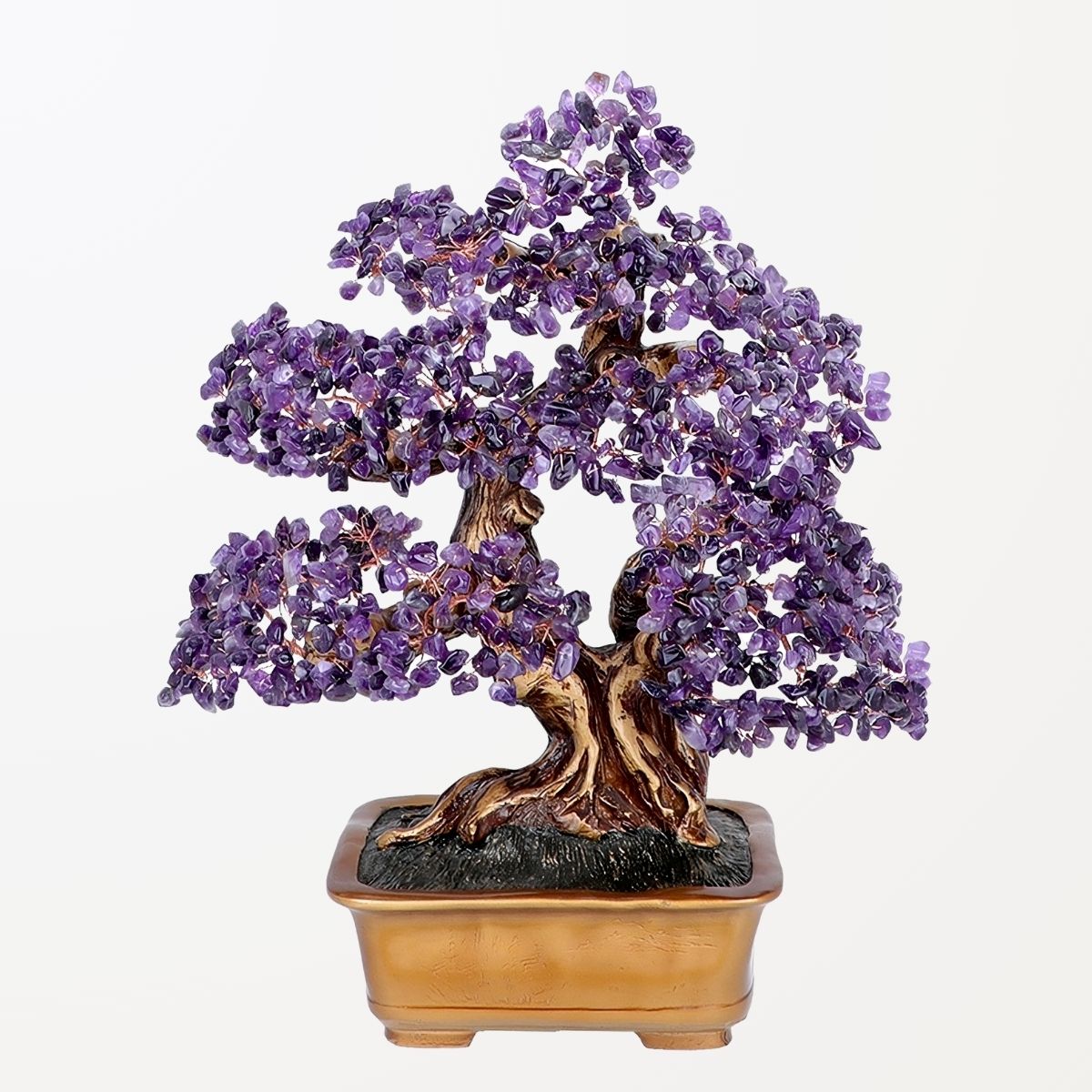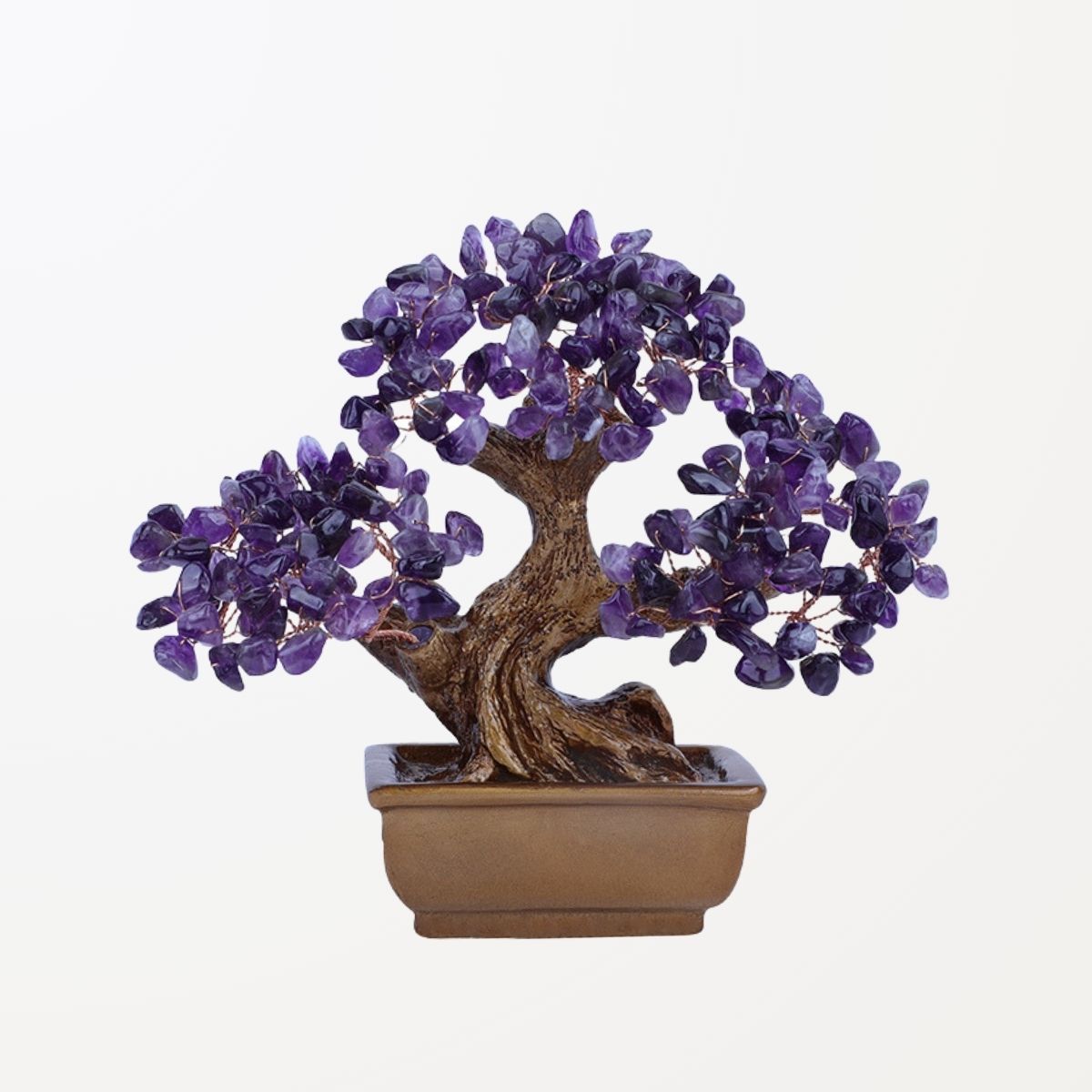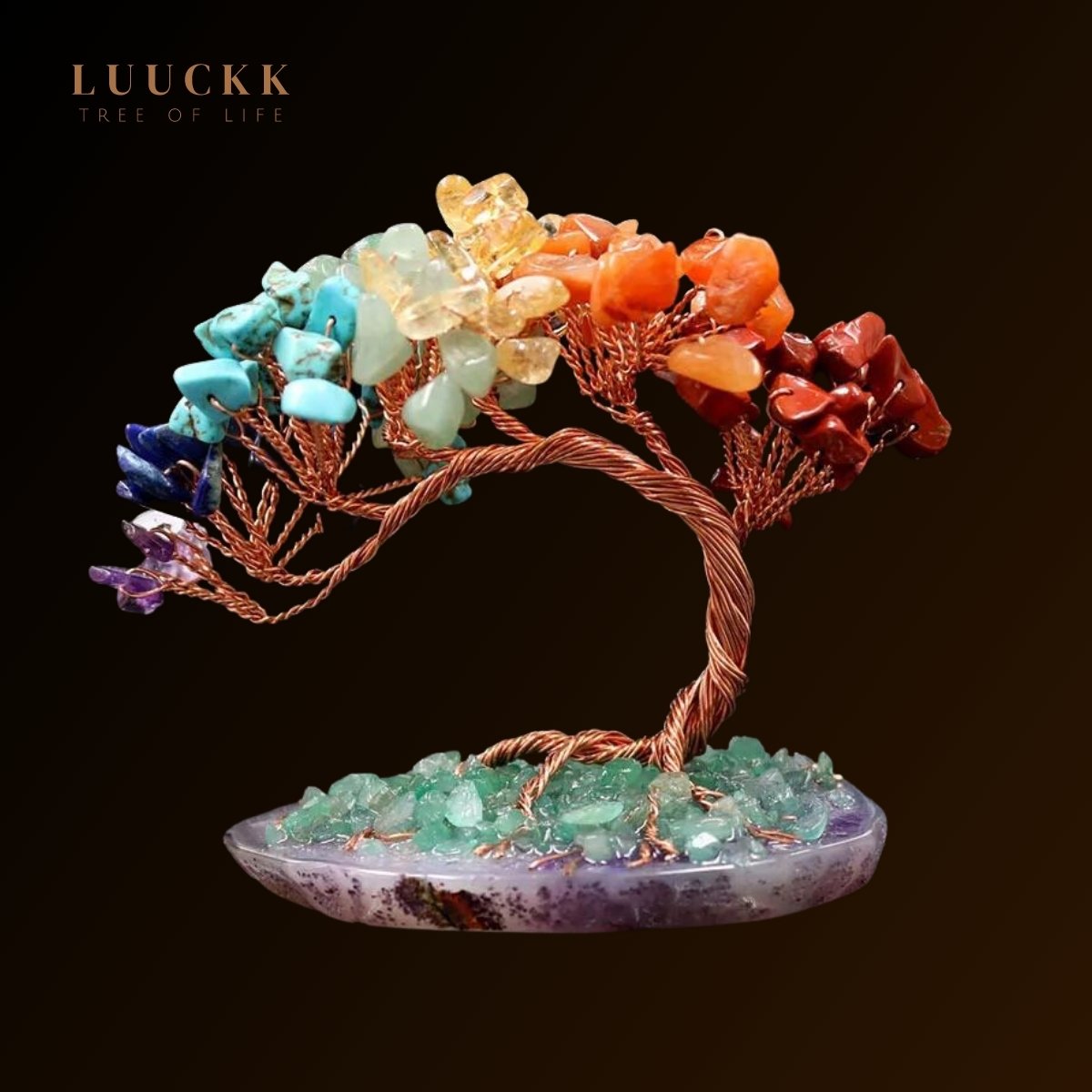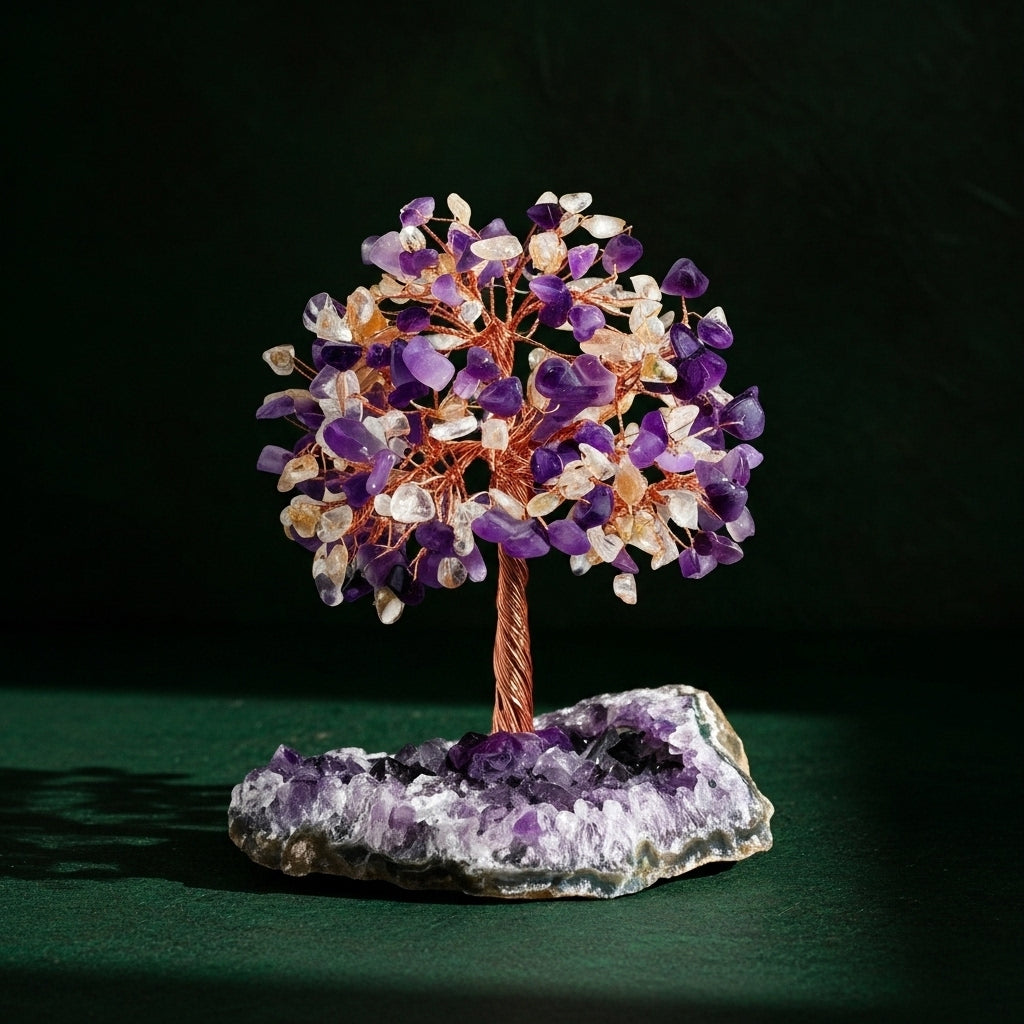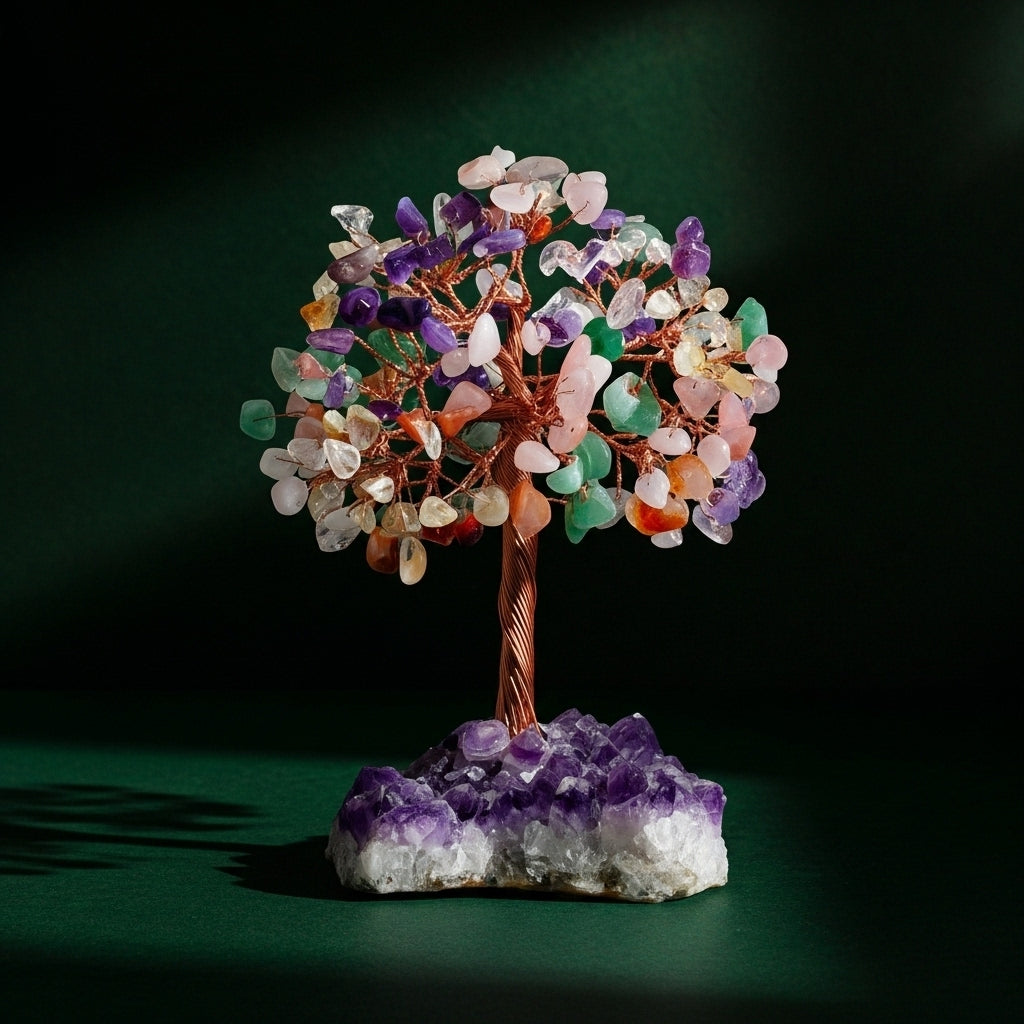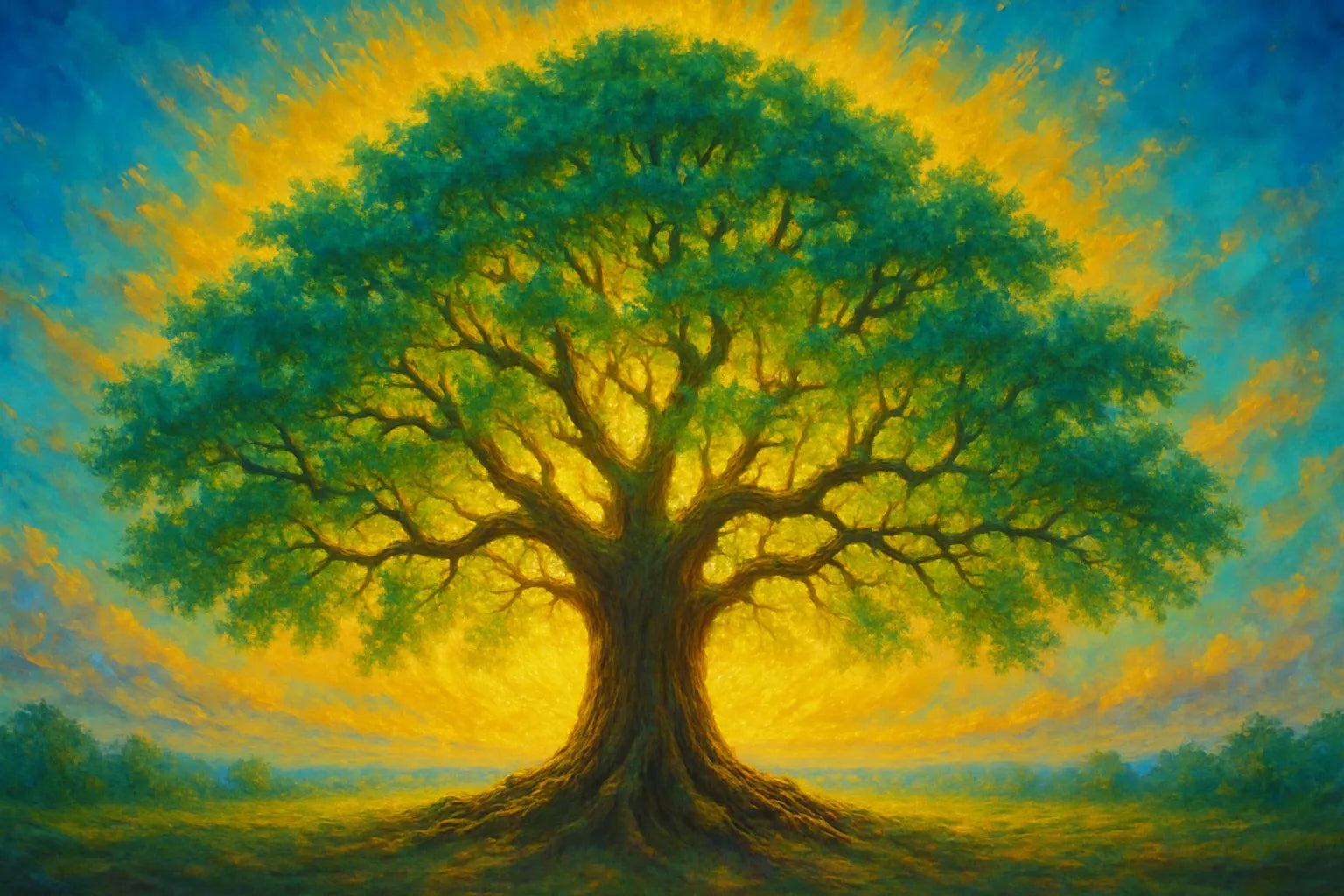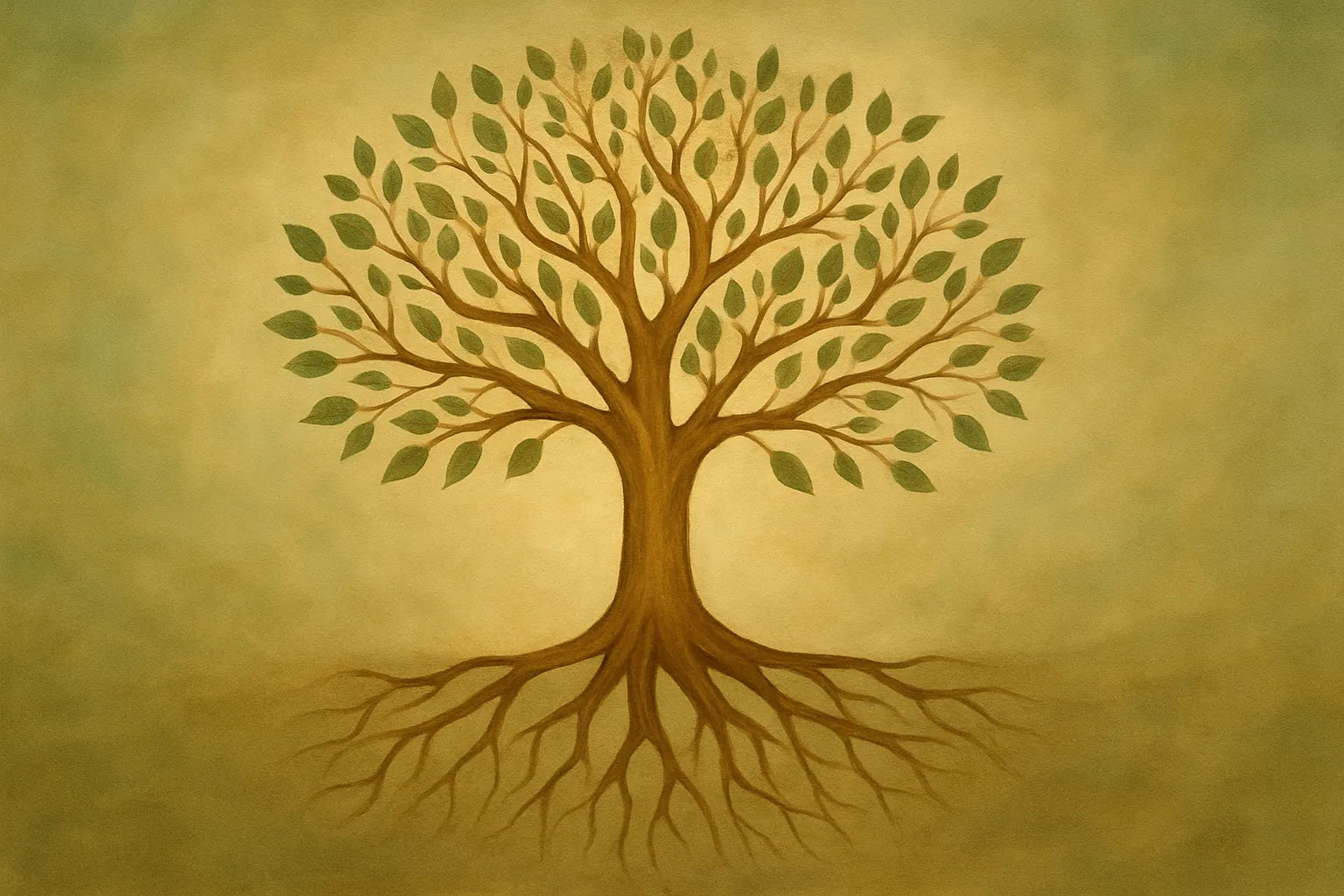
What does the Tree of Life mean in Islam?
Introduction
For millennia, the Tree of Life has been present in the collective imagination of many civilizations. From ancient Egypt to Native American traditions, through Jewish Kabbalah and Christianity, this symbol has continually inspired fascination, respect, and inquiry. It is seen as a representation of life, the universe, and the balance between visible and invisible forces.
But what about in Islam? Does this symbol have a place in Muslim tradition, even indirectly? And if so, what does it represent?
In this article, we explore in depth the meaning of the Tree of Life in Islam, without verses or dogma, but through a cultural and spiritual lens. A reading that connects human roots to the quest for light, in a dynamic of knowledge and elevation.
The Tree of Life: An Ancestral and Universal Symbol
Long before it was used as a decorative motif or energetic object, the Tree of Life established itself in nearly all human civilizations. It is at once myth, symbol, cosmic representation, and tool of spiritual transmission.
What it symbolizes varies by culture, but several constants emerge:
-
The origin of life
-
The interconnection of all living beings
-
Spiritual elevation
-
The link between the sky (divine), the earth (material world), and the roots (past or unconscious)
This explains why it fascinates so much: it brings together in a single image notions of wisdom, balance, strength, regeneration, and transcendence.
In modern spiritual approaches, it is also associated with energetic benefits and personal development. We have developed this in the article Meaning of the Tree of Life and Benefits, which you can discover to complement this reading.
The Tree of Life in Islam: An Implicit but Rich Symbol
In Islamic tradition, the term “Tree of Life” does not appear explicitly. It is not defined as a religious or theological concept in itself. However, the tree as an image is omnipresent in the spiritual vocabulary and symbolic representations of the Islamic heritage, notably in Sufism.
Islam, in its richness of thought and mysticism, offers a profound reading of the world and of the human being, in which the symbol of the tree naturally finds its place.
An Image of Spiritual Growth
The tree is perceived as a metaphor for inner progression. It represents the development of the soul: rooted in the earth (faith, origin, human nature), reaching toward the sky (light, knowledge, transcendence), it embodies the spiritual journey of the human being.
The tree grows, sheds, and transforms. It passes through seasons as the soul undergoes trials. It bears fruit, just as the virtuous person produces righteous deeds. In this perspective, the Tree of Life becomes a dynamic image of Islamic spirituality.
The Tree and the Fitra: Return to Pure Nature
A central concept in Islam is the fitra, which can be translated as “natural disposition” or “original nature.” The idea is that every human being is born with an innate inclination toward good, truth, and recognition of the divine.
In this context, the tree can be seen as the visual expression of the fitra: rooted in what it is, nourished by divine light, it is in constant growth toward the good.

Islam and Plant Symbolism: A Metaphorical Wealth
In Islamic spiritual literature, plants and trees play a strong symbolic role. They are used to describe faith, knowledge, wisdom, or the relationship between the Creator and His creation.
Among Sufi thinkers in particular, the tree becomes the embodiment of the human quest for unity. It grows from the humus of its earthly condition toward the light of spiritual knowledge. The deeper its roots, the higher its branches can rise.
This symbolism aligns with the main lines of the Tree of Life representation in other traditions, as we will see next.
The Tree of Life in Other Cultures and Religions
To better understand the place of the symbol in Islam, it is relevant to observe how it appears elsewhere. For even if each tradition has its particularities, they often share the same intuition: a central, sacred tree bearing wisdom and life.
In Christianity
The Tree of Life is mentioned in the Book of Genesis as the central tree of the Garden of Eden, symbolizing access to eternal life. It also appears at the end of the Bible, in Revelation, as a symbol of healing and salvation.
This symbolism has profoundly influenced Christian art and mystical thought, as we develop in the article Meaning of the Tree of Life in Christianity.
In Jewish Kabbalah
The Tree of Life is a graphical representation of the structure of the universe and the human soul. It is composed of ten spheres (the sefirot) connected by 22 paths, each representing an aspect of the divine. It is used as a tool for meditation and spiritual understanding.
In Eastern Traditions
Forms of the Tree of Life are found in Hinduism (the Ashvattha tree), Buddhism (the Bodhi tree under which the Buddha attained enlightenment), and Taoism, where the tree represents the balance between yin and yang energies.
For a more complete exploration, I invite you to read: The Tree of Life in Religions: Symbols and Interpretations.

Sufism and the Image of the Tree: A Mystical Elevation
Sufism, the mystical current of Islam, makes extensive use of symbolic language. There, the tree is used as an image of the inner journey, transformation, and connection with the divine.
For example, in Ibn Arabi, the tree is the metaphor of the perfect being (al‑insan al‑kamil), rooted in the knowledge of God and bearing the fruits of divine love. It also evokes the structure of reality, composed of different interlinked levels of existence.
In Rumi’s work, the tree is often evoked as a mirror of the human soul, sometimes fragile, sometimes majestic, sometimes dormant, sometimes in bloom. It reflects the intensity of the believer’s inner voyage.
The Tree of Life in Feng Shui and Contemporary Practices
Although Islam does not directly incorporate Feng Shui, many Muslims are interested in energetic balance and symbols that foster well‑being. In this context, the Tree of Life is used as a tool of harmony in living spaces.
In Feng Shui, it is recommended to place a Tree of Life in specific areas to:
-
Stimulate abundance and prosperity
-
Promote health and vitality
-
Strengthen family and spiritual bonds
This aspect is explored in our dedicated article: Tree of Life and Feng Shui: Meaning, Use, and Customs.
Why the Tree of Life Attracts So Much Today
If this symbol enjoys such popularity, it is no coincidence. It responds to a quest for meaning and grounding characteristic of our era.
In a fast, often superficial world, it represents:
-
A return to the essential
-
The connection between self and universe
-
Spirituality without religious constraint
-
Stability and growth
This is also why many Muslims, while respecting their beliefs, choose to wear or display the Tree of Life—not as a fixed creed, but as a visual reminder of their personal spiritual journey.

The Tree of Life in Decoration and Jewelry: Symbolism and Aesthetics
On our site, the Tree of Life is offered as:
-
Decorative trees in natural stones, perfect for harmonizing interiors
-
Pendants, bracelets, and keychains made with natural, durable materials
-
Symbolic objects designed to accompany daily life gently
Each creation is designed to offer both aesthetic appeal and positive energy. To learn more: Origin and Spiritual Meaning of the Tree of Life in Beliefs.
Conclusion: What Does the Tree of Life Mean in Islam?
In Islam, the Tree of Life is not a codified religious concept. Yet through symbolic, mystical, and philosophical language, it finds its full meaning as a symbol of living faith, spiritual growth, and the link between human and divine.
It is:
-
A metaphor for the evolving soul
-
A reminder of the inner journey toward light
-
A representation of the deep connection between sky, earth, and human heart
Far from being foreign to the Muslim world, this symbol can therefore be received, worn, or used as a bearer of meaning, in harmony with a sincere quest for peace, knowledge, and elevation.
If you wish to integrate the Tree of Life into your daily life—whether through a symbolic piece of jewelry, a decorative tree in natural stones, or a wellness object—discover our Tree of Life Natural Stones collection.
Each piece is an invitation to center yourself, elevate yourself, and cultivate harmony.
Discover our Tree of Life Natural Stones
Frequently Asked Questions (FAQ)
1. Is the Tree of Life mentioned in Islam?
No, the term “Tree of Life” is not directly mentioned in Islamic texts. However, the tree is often used as a spiritual symbol in Islamic thought, particularly in Sufism.
2. Is wearing a Tree of Life compatible with Islam?
Wearing a Tree of Life has no specific religious connotation. Many Muslims consider it a universal symbol of peace, wisdom, and spirituality, without connection to a cult.
3. What is the symbolic meaning of the Tree of Life for a Muslim?
For a Muslim, the Tree of Life can symbolize the growth of the soul, the connection between humanity and the divine, or the balance between roots (faith) and spiritual elevation.
4. Is the Tree of Life a religious or spiritual symbol?
The Tree of Life is above all a spiritual symbol. It is used in many religions and traditions to represent life, wisdom, the connection between worlds, and personal development.
5. Is there a link between the Tree of Life and fitra in Islam?
Yes, symbolically. The fitra, or the pure original nature of man, can be compared to a tree that grows according to its nature, toward the light, rooted in truth.
6. Can the Tree of Life be used in decoration in a Muslim home?
Yes, as long as the object does not contradict Islamic principles. The Tree of Life is often used as a decorative and harmonizing element, particularly in the context of well-being or Feng Shui.
7. Is there an Islamic version of the Tree of Life?
No, there is no version specific to Islam. But similar concepts exist, such as the tree of faith or the plant metaphors found in Sufi literature.
Suggested Products
Best products
